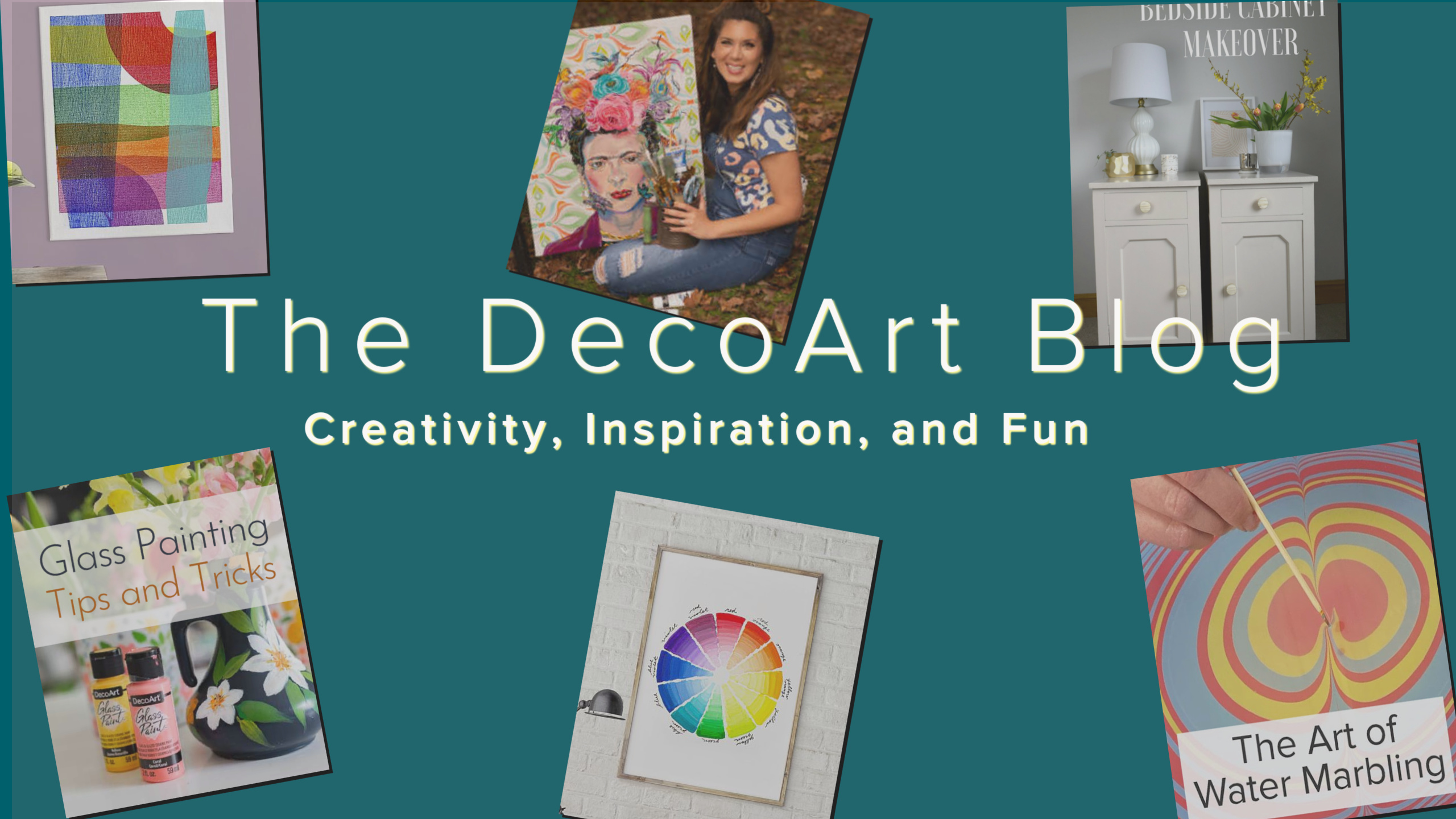Origami Flowers
Posted by DecoArt on Jun 27th 2024

Posted by DecoArt on Jun 27th 2024
Posted by DecoArt on Feb 2nd 2024
Posted by DecoArt on Mar 15th 2023
Posted by DecoArt on Mar 13th 2023
Posted by DecoArt on Mar 2nd 2023
Posted by DecoArt on Feb 3rd 2023
Posted by DecoArt on Jan 30th 2023
Posted by DecoArt on Jan 18th 2023
Posted by DecoArt on Dec 21st 2022
Posted by DecoArt on Dec 8th 2022
Posted by DecoArt on Dec 8th 2022
Posted by DecoArt on Dec 8th 2022
Posted by DecoArt on Nov 2nd 2022
Posted by DecoArt on Nov 2nd 2022
Posted by DecoArt on Nov 2nd 2022
Posted by DecoArt on Nov 2nd 2022
Posted by DecoArt on Nov 2nd 2022
Posted by DecoArt on Nov 2nd 2022
Posted by DecoArt on Nov 1st 2022
Posted by DecoArt on Oct 19th 2022
Posted by DecoArt on Oct 19th 2022
Posted by DecoArt on Oct 19th 2022
Posted by DecoArt on Oct 19th 2022
Posted by DecoArt on Oct 18th 2022
Posted by DecoArt on Jul 30th 2022
Posted by DecoArt on Jul 22nd 2022
Posted by DecoArt on Jul 7th 2022
Posted by DecoArt on Jun 19th 2022
Posted by DecoArt on Jun 17th 2022
Posted by DecoArt on Jun 6th 2022
Please click here to message us. We cannot guarantee an order can be canceled before it ships, but we will do our best.